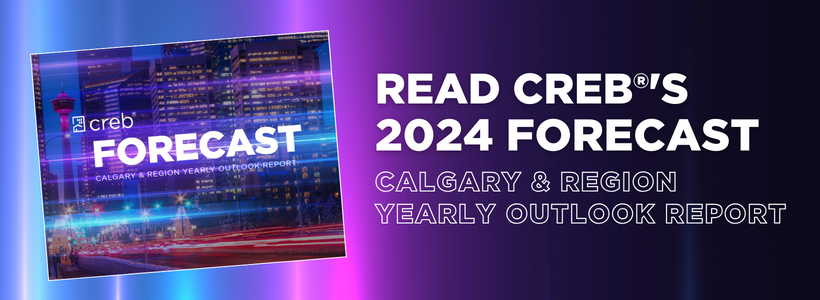Mortgages are undoubtedly a huge factor in the home-buying process, and your buyer will look to you for initial guidance. Here are five things to heighten your knowledge of mortgages and the conditions to finance.
1. Property type makes a difference
Each property type has its own lending restrictions. If a buyer has pre-approval, this does not always mean this amount applies to every property type. If a buyer is approved for an amount on a single-family home, it will likely be less for an acreage or rural property because banks need adjusted loan to values.
The same goes for condominiums, as condo fees affect a buyer’s debt servicing, meaning they will qualify for less than their pre-approved amount.
Many banks also have restrictions for lending on mobiles or leased land. Only certain banks will lend on these property types, so it’s important to inform the mortgage broker of the property type ahead of time so they can connect with the right banks.
2. Properties with unique features may affect a buyer’s mortgage
Unique property features include solar panels, cisterns, and design features such as dome or log homes. These features may come with their own set of hurdles, as getting home insurance with these features can be difficult, affecting the bank’s ability to lend.
The banks may require special inspections to be completed as a condition of their mortgage commitment letter, which can take additional time depending on how busy the inspection companies are.
If your buyer is in the market for a home with a unique feature, advise them to start contacting insurance companies ahead of time. In the case of solar panels or cisterns, it can be helpful to have the details of the installation and the quality testing results available to provide to the mortgage broker.
3. Price should not vary more than the pre-approval amount
If your buyer is purchasing with less than 20 per cent down, they will likely use one of Canada’s high-ratio mortgage insurance companies, such as CMHC, Sagen, or Canada Guarantee.
These companies are very strict on how they allow banks to lend, as there’s no wiggle room on the debt servicing. Even with pre-approval, there is no guarantee that it will be accepted. The best way to find out is to submit a mortgage application to the bank so they can begin their review.
4. Condition to finance is a weighty process
Even with a pre-approval, your buyer needs a realistic timeline to remove this weighty condition. Two weeks from the offer date to the removal date is highly recommended, as the bank will need time to review the mortgage application and supporting documents. It also takes time to communicate back and forth between the mortgage broker, buyer, and bank – especially when it’s busy!
Help your buyer understand that a mortgage commitment letter is not a completed mortgage and does not mean they’re in the clear to waive their condition to finance. A mortgage commitment is a letter stating that the buyer’s application has been received and will be approved if everything the buyer has included on their mortgage application can be verified.
A mortgage commitment has conditions the buyer and mortgage broker must provide before the mortgage is officially approved. Once approved, mortgage instructions are sent to the lawyer. Remember, mortgage instructions are only sent when the bank is satisfied with all the conditions in the commitment, not the broker!
5. Mortgage brokers are super connected
Mortgage brokers can access multiple lending sources, from A-lenders to alternative B-lenders and insured and private mortgages. However, when buyers are forced into tight condition deadlines, it can force mortgage brokers to go with a lender that has significantly higher rates and fees than a buyer may have been initially okay with.
This can negatively set buyers up to manage difficult payments, and they may not be able to refinance in the future. While these alternate lender sources can ensure a deal closes, they can leave the buyer feeling high buyer remorse.
Quick tip!
If there is any hint that your buyer needs financing to close a purchase, they should not submit an unconditional offer. Educate and ensure your buyers understand unconditional offers' risks and ripple effects.
As your buyer looks to you for those next steps after their offer has been accepted, remember that just like a kaleidoscope, the way each lens reflects onto the other is what creates a beautiful display.
Having a high-level understanding of each part of the process will allow you to give your buyers a confident and positive experience! You may even see some referrals reflecting back at you!
Keep up to date through CREB®Link on the many sectors of real estate by checking out CREB®’s recorded webinars and upcoming speaker sessions.






{ 2 comments…}